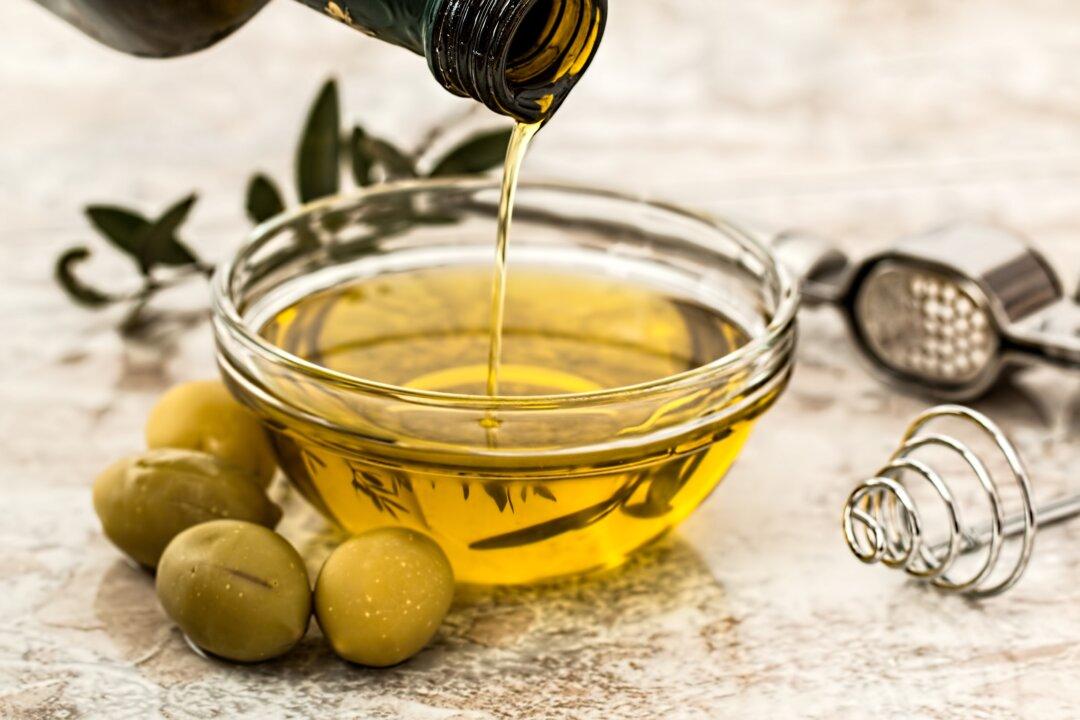While the olive symbolizes peace, the small fruit has also been one of the most cultivated and consumed for centuries. Because of its health benefits, olive oil is a culinary favorite; but additionally it holds weight as a beauty basic as well as a home-help hack.
The Mediterranean region is the olive oil-rich region, yet American Olive Oil Producers Association has informed that U.S. consumers use 90 million gallons of olive oil annually – no matter whether it is sourced domestically or internationally.





